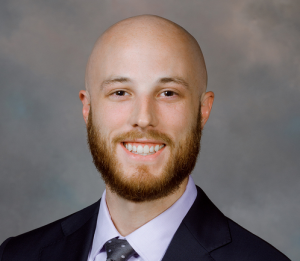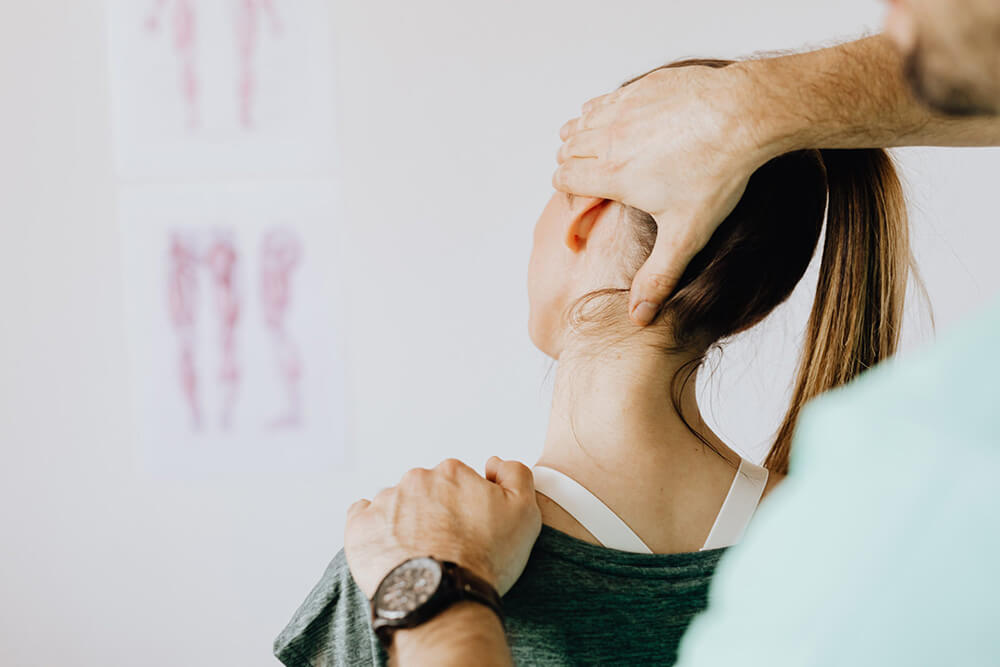What’s the old saying about waiting for a bus for hours? I’ve heard two often come at once.
Yesterday, the National Board of Osteopathic Medical Examiners (NBOME) announced the COMLEX-USA Level 2-Performance Examination was “postponed indefinitely.”
The decision comes just over two weeks after the National Board of Medical Examiners (NBME) canned their equivalent assessment, the United States Medical Examination (USMLE) Step 2 Clinical Skills (CS) test.
Starting last March the COVID-19 pandemic forced a series of ongoing postponements of its required ‘in-person’ restart, before the decision was made to move on on January 26.
Though even long-time critics were genuinely surprised by Step 2 CS’s axing, most in medical education have acknowledged it as a big win for hopeful physicians, even if it causes some short-term consternation for faculty and program directors.
The COMLEX Level 2 PE and the Step 2 CS, maybe those were relics of the old way of doing things…
At the time, NBOME said it would resume the Level 2-PE in early April. A public statement on February 5 showed the end of Step 2 CS had created extra pressure on the organization, however.
In it, Dr. John R. Gimpel, NBOME’s president and chief executive, thanked the osteopathic community for its trust “as we navigate this journey together.”
Its first step was taken this week, following a special session from NBOME’s board of directors. Another victim of the pandemic in American medicine, it may also be another opportunity for long-obvious change.
The format and the fall
Implemented by the NBOME in 2005—a year after the NBME made the Step 2 CS mandatory for domestic students, joining international graduates—the exam has been criticized as an expensive way to conduct a standardized test of skills that are already assessed at med schools themselves.
For the 2019-2020 year, 7726 DO students, including 599 second-time takers, traveled to Chicago, or Conshohocken, a suburb buried in Philadelphia’s northwestern hinterland for Level 2-PE. Travel and accommodation would almost always ensure the exam would cost way more than the $1295 it did to take the seven-hour assessment.
Roughly similar to the now-canned Step 2 CS, Level 2 PE saw DO students meet with 12 fake ‘patients,’ assessing their health situation, ‘symptoms,’ and providing an osteopathic manipulation medicine (OMM) physical assessment.
Assessing each patient would take 14 minutes, before nine minutes was allowed for documenting their situation, and paths forward.
92.1 percent of first-time takers passed it in 2019-2020, along with 91.7 percent of second-time attempts (last year’s class was the biggest in DO history). In 2010-2011, 96.1 percent of first-time takers passed it.
We definitely practice our OMM skills on a ‘fake’ patient, so by the time we get to the Level 2 PE, we’ve done it a hundred times with a hundred fake patients at our schools.
After Level 2-PE’s initial postponement on April 8 last year, NBOME pushed back the exam’s resumption several times. Guidelines for one planned return, from October 1, would have seen students thermally screened prior to the assessment, maintain social distancing and masking, but, ultimately, would still be required to physically contact the ‘patient.’
Previously in the process of building a new satellite testing facility in Fresno, California, NBOME is now developing a “temporary alternative pathway” for DO students to meet the eligibility requirements for the COMLEX Level 3 exam. Details should be announced by mid-March.
A NBOME ‘special commission’ has been convened to decide on Level 2 PE’s replacement for 2022 students, with the ‘temporary alternate’ pathway likely to be made public in late April.
Finding the ultimate replacement will take longer. After the Level 2 PE placeholder has been announced, the commission will then embark on replacing it permanently.
NBOME say a full review of the entire COMLEX-USA program will be included in this stage, to ensure “it continues to provide a defensible pathway to osteopathic medical practice and licensure.” The commission’s final report is due to be delivered on July 1, 2022, potentially impacting the DO Class of 2023.
What comes next
“In the long run, this is going to make things a little bit less stressful for medical students who are going from second year to third year, or third to fourth, or trying to graduate,” Dr. Jeremy Polman, OnlineMedEd’s lead OMM contributor, says.
Polman is in favor of some form of standardized test that could be taken at med schools themselves, preventing unnecessary expense to students.
Given osteopathic students have ‘lab practicals’ that go along with almost every DO-specific written exam, which see them use their OMM skills on a ‘fake’ patient, much of the machinery required is already in place, at schools.

“We definitely practice our OMM skills on a ‘fake’ patient, so by the time we get to the Level 2 PE, we’ve done it a hundred times with a hundred fake patients at our schools,” Polman says.
“I think if there’s a way to standardize that and have it reportable to anyone that it needs to be reportable to, that’s the way of the future.”
With more than 475,000 American lives lost, the COVID-19 pandemic has hit the United States harder than any other nation. Its shockwaves were always going to ripple through medicine first, revealing—once and for all—areas of need, and redundancy.
In a pandemic-forced break from a past that wasn’t looking likely to change, it’s easy to consider the end of the Step 2 CS and Level 2-PE exam as a positive step forward for medical education.
“I feel like it comes down to the battle of the new generation of doctors, and the classic, old-school, greybeard doctors,” Polman says.
“The greybeards [were the ones] who had to work a hundred hours a week and do this, do that, and travel out somewhere – and their way is ‘the right way,’ no matter what.
“Now you have these new age doctors who are doing what’s best for them, in the best learning style. [They’re] utilizing new online education, trying to do things remotely, and doing things a little more efficiently that had happened in the past.
“The COMLEX Level 2 PE and the Step 2 CS, maybe those were relics of the old way of doing things – and now there are ways to assess for efficiency in medical school, without needing to have people pay this extra fee and travel to [another city] to see X-number of patients.”



